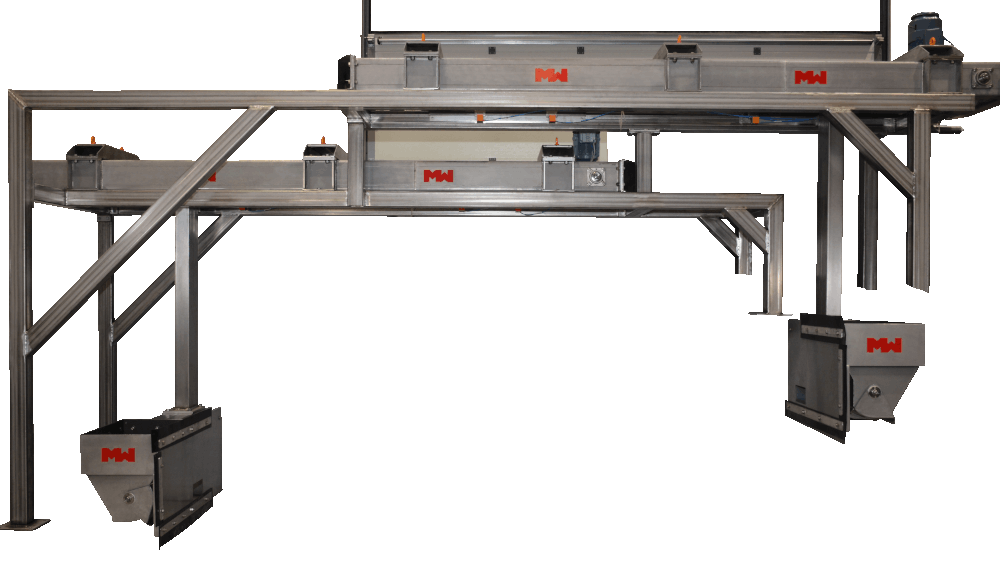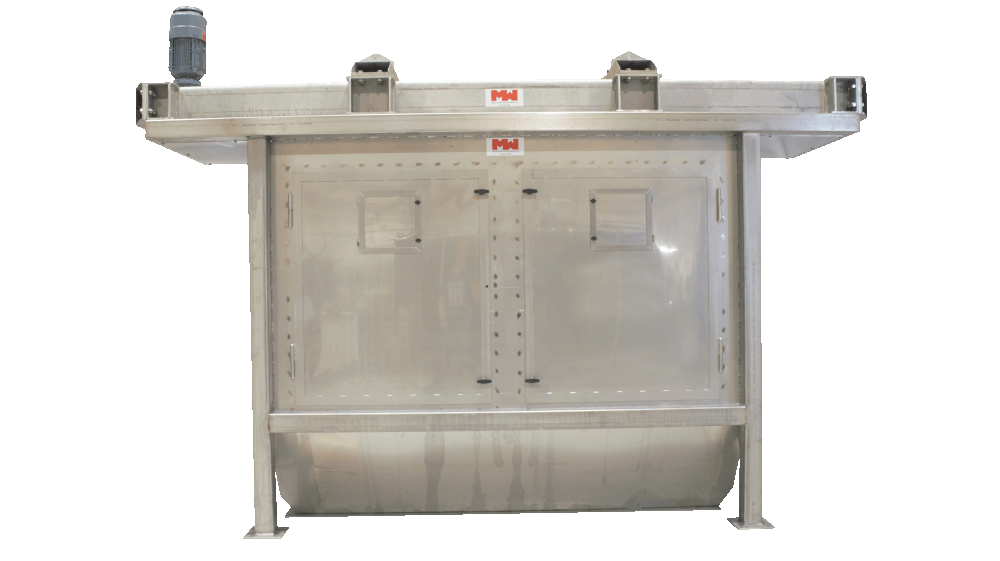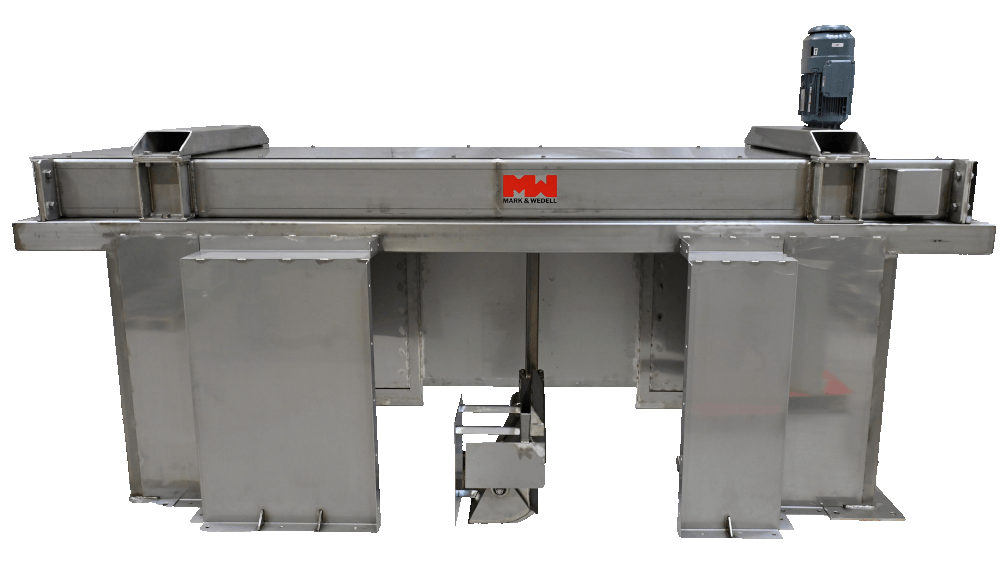
Cross Stream Sampler (CSS)



The Mark & Wedell Cross Stream Sampler (CSS) extracts a representative increment/cut of bulk material from a free-falling stream at the discharge point of a conveyor belt. Representativity of the increment is ensured by extraction of a complete cross section of the material stream.
The Cross Stream Sampler is available in two variants, dependent on whether the system is preferred to be driven by a chain or wire system. The Cross Stream Sampler Chain (CSS-C) variant is driven by a robust chain system and the Cross Stream Sampler Wire (CSS-W) variant is driven by a robust wire system. The CSS-W is preferable for material containing large amounts of dust or fine particles. The CSS-W is well suited for materials like biomass, limestone powder etc.
The Cross Stream Sampler (CSS) is:
- Theory of Sampling (TOS)-compliant which gives every particle in the stream an equal probability to be included in the extracted increment (the key to reliable sampling results).
- Enclosed in a cover housing to avoid cross-contamination between successive increments.
- Designed to be scalable, which makes it well suited for sampling from high-capacity Bulk Material Handling Systems (BMHS).
- Well suited for harsh environments and rough abrasive materials.
- Usable as a secondary/tertiary sampler as part of multi-stage sampling system.
The CSS consists of a railing system translating a suspended bucket cutter with a bottom-hinged discharge port. A robust drive (chain/wire) is connected to a gear motor on top of the rails. The motor control ensures that the cutter moves at a constant speed of up to 0.6 m/s when cutting a transverse increment from the falling material stream.
The CSS is enclosed in a cover housing to avoid incoming contamination, with hatches on top and on the side of the housing allow easy access for inspection and cleaning.
The cutter is parked above the sample discharge port to prevent entrance of non-sampled material. When an increment is requested, the carriage first moves through the material stream with the discharge port open, allowing the process stream material to pass through the cutter unaffected.
At the turning point, the discharge port is closed, allowing the cutter to be filled on the return journey. The cutter is accelerated, and decelerated, to/from a constant cutting velocity well outside the active sampling zone. After the cutter is slowed down and parked above the parking position, an activator opens the discharge port which releases the extracted increment.
A typical increment volume is between 25 and 100 L.
The sampler can be supplied with or without a control cabinet to exchange signals with the clients DCS (Distributed Control System) or SCADA (Supervisory Control and Data Acquisition).
| Housing | Stainless Steel AISI 304/316 or painted carbon steel |
| Railing System | Stainless Steel AISI 304/316 or painted carbon steel |
| Cutter | Stainless Steel AISI 304/316 or painted carbon steel with Hardox impact plate |
| Motor | SEW or equivalent |
| Local Control Box | Stainless steel or painted steel, containing Motor feeder, frequency converter, PLC and interface for external communication. |
| Options |
|



